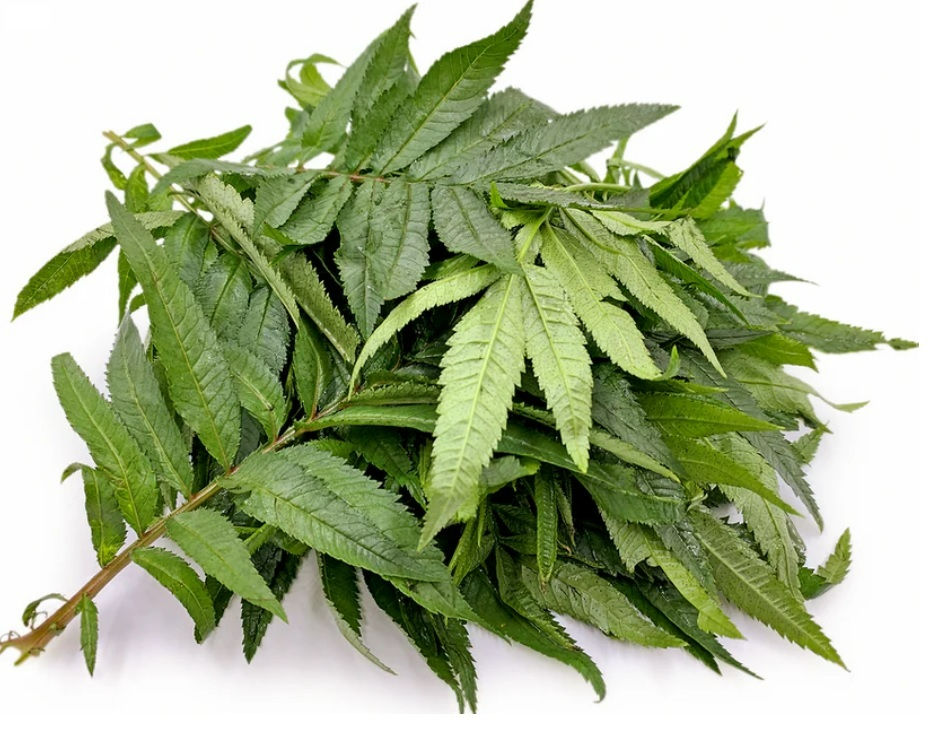Huacatay: Peruvian “black basil” and its role in Andean cuisine
- Chef Yerika
- Aug 13
- 3 min read

At the heart of Andean cuisine are herbs that tell stories and convey identity. Huacatay, also known as "black basil" or "black mint," is one of those ingredients that, although modest in appearance, has left a profound mark on Peruvian gastronomy. Its unique aroma and flavor make it a bridge between ancient traditions and contemporary cuisine.
Brief history
Huacatay (Tagetes minuta) is native to the high Andean regions of Peru and Bolivia, although its cultivation extends throughout Ecuador, Chile, and northwestern Argentina. Since pre-Inca times, it has been valued not only for its culinary contributions but also for its medicinal properties. In rural communities, it was used fresh, dried, or in infusion to relieve stomach ailments, combat colds, and as a natural insect repellent. Its presence in Peruvian cuisine was consolidated thanks to its versatility, adapting to both traditional recipes and haute cuisine.
Aromatic profile and characteristics
Huacatay has an intense and complex aroma, described as a blend of basil, mint, tarragon, and lemon. Its flavor is fresh and herbaceous, with subtle sweet and aniseed notes. This combination makes it perfect for balancing and enhancing dishes with chili peppers, root vegetables, and meats. The leaves are elongated and deep green, with glands that release essential oils responsible for its characteristic fragrance.
Uses in Andean cuisine
In Peruvian cuisine, huacatay is a protagonist in iconic dishes:
Ocopa Arequipeña: a thick sauce made with huacatay, peanuts, yellow chili, fresh cheese, and herbs, which traditionally accompanies potatoes.
Huacatay cream: green sauce served with grilled meats or grilled chicken.
Pachamanca: ancestral cooking underground, where huacatay flavors meats and vegetables.
Locros and stews: in thick soups or stews, they provide freshness and balance intense flavors.
Ajiacos and chupes: their freshness enhances thick and creamy broths typical of the mountains.
Marinades and adobos: mixed with chili peppers and vinegar for meats, especially lamb and guinea pig.
Anticuchos: in beef heart marinades to provide a herbal and citrus nuance.
Sauces for fish and seafood: huacatay emulsions with lemon and olive oil for coastal dishes with an Andean touch.
Modern reinterpretations: aromatic oils for salads, infused mayonnaises, compound butters, and bases for risottos or pastas with Peruvian fusion.
Creative desserts: huacatay ice cream, mousses, and creams to accompany chocolate or tropical fruits.
Nutritional value and benefits
Huacatay contains vitamin C, iron, calcium, potassium, and antioxidants. In traditional medicine, it is used as an anti-inflammatory, digestive, antimicrobial, and to relieve respiratory problems. Furthermore, its essential oil is a natural insect repellent, which is why it is also grown near homes in rural areas.
Cultivation and availability
Although it grows wild in the Andes, it can also be cultivated in home gardens in temperate, sunny climates. It requires well-drained soil and moderate irrigation. Outside of Peru, it is found in Latin American grocery stores, either fresh, frozen, dried, or in concentrated paste form, which retains much of its aroma.
Chef Yerika's Recommendations
Use sparingly : Its flavor is potent; too much can overpower other ingredients.
Combine with yellow chili or rocoto : together they achieve a perfect balance between spiciness and herbal freshness.
Respect the cooking point : for sauces, add it at the end of cooking or raw to preserve its aroma.
Try it in cold preparations : in vinaigrettes, dips and infused oils, its aromatic profile stands out even more.
Experiment with fusion : huacatay in pesto for pasta, in hummus, in creamy vegetable soups or as a dressing for quinoa salads.
Look for fresh produce : While huacatay paste is very convenient, fresh produce offers brighter, less bitter notes.
Huacatay is not just an aromatic herb; it's a living symbol of Andean cuisine. Its unique flavor, versatility, and cultural legacy have made it an essential ingredient that unites past and present. Whether in a traditional recipe or a signature creation, huacatay continues to demonstrate that the culinary identity of the Andes is expressed in every leaf.












Comments